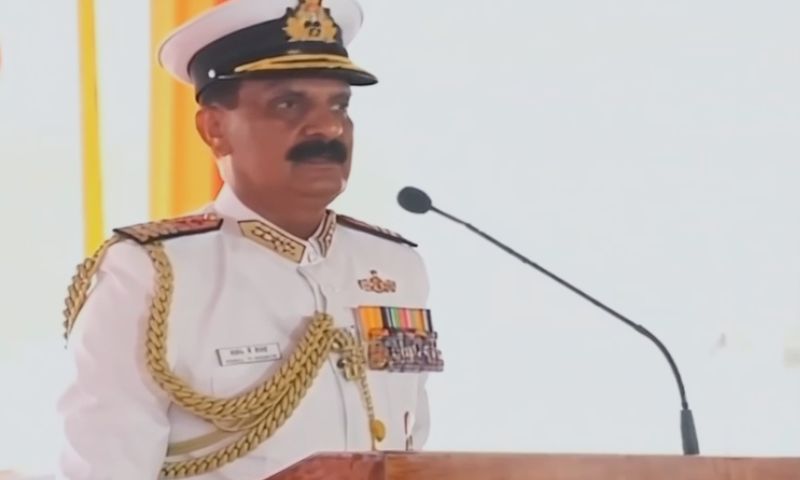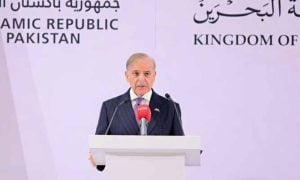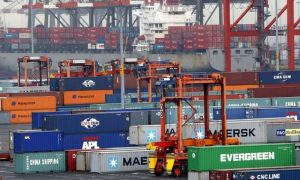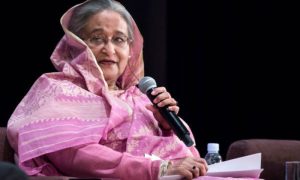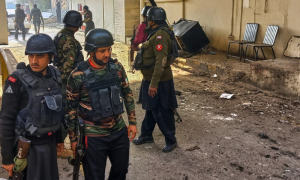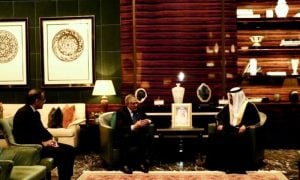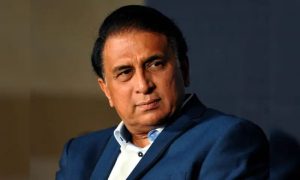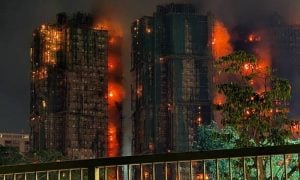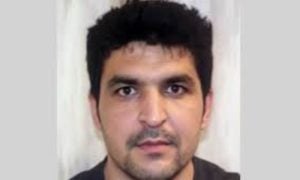NEW DELHI: Indian Chief of Naval Staff Admiral Dinesh Kumar Tripathi has accused Prime Minister Narendra Modi’s government of preventing the military from striking Pakistan, a decision he said led to heavy losses for the Indian Air Force during May’s air combat.
During the May clashes, Pakistan downed six Indian fighter jets including Rafale, destroyed S-400 air defence systems and several drones, and disabled several airbases in the confrontation.
Speaking at a ceremony in Andhra Pradesh during the commissioning of two new fighters, Admiral Tripathi said that the military was not granted clearance to inflict damage on Pakistan for political reasons.
During the May 6 to 10 clashes, Pakistan claimed it downed six Indian fighter jets, including three French-made Rafales, and inflicted heavy military losses to India.
On 28 May, Pakistani Prime Minister Shehbaz Sharif publicly stated that the Pakistan Air Force had shot down six Indian jets “on the first day of hostilities.”
Speaking at an event in Azerbaijan’s Lachin city, PM Sharif described the action as a “reply” to India’s strikes, declaring that New Delhi had “made a mistake” by attacking Pakistan and would “suffer the consequences.”
India has not officially confirmed the extent of its losses, but New Delhi acknowledged suffering setbacks during the clashes.
Pakistan said its air force, operating Chinese-made aircraft and US-supplied F-16s, had inflicted heavy damage to the Indian military.
A French intelligence official, quoted by CNN, confirmed that at least one Rafale jet had been shot down by Pakistan — a development that marked the first combat loss of the French-made aircraft. The official added that French authorities were investigating whether more Rafales were destroyed.
The New York Times, citing three officials, local media, and eyewitness accounts, reported that “at least two aircraft” had crashed in India and Indian Occupied Kashmir.
Photographs from the Bathinda area in Indian Punjab, circulated online, showed debris marked with French manufacturing labels and the serial number BS-001, identifying it as a Rafale fighter.
Pakistan’s claims were reiterated by Prime Minister Sharif in Parliament, where he told lawmakers that the country’s military had downed “six enemy aircraft, including at least three Rafales.”
He praised the air force’s response, saying Pakistanis “will fight until the last drop of their blood.”
The clashes followed weeks of rising tension after an attack on 22 April in Indian Occupied Kashmir’s Pahalgam area, where unidentified gunmen killed 26 people.
India swiftly blamed Pakistan without providing evidence, while Islamabad condemned the attack and strongly denied the allegations. Pakistan also offered an independent and neutral international investigation into the Pahalgam incident. However, New Delhi ignored the offer and continued with its aggressive posture.
The tensions escalated into retaliatory airstrikes and drone attacks beginning on the night of 6–7 May when India attacked civilian populations in Pakistani cities.
The situation eased after US President Donald Trump announced on 10 May that Washington had brokered a ceasefire.
Trump has repeatedly claimed credit for ending the conflict, saying his intervention stopped further escalation between the nuclear-armed rivals.
“I saw seven jets were shot down … maybe more than that, they didn’t even report the real number,” Trump said in a cabinet meeting at the White House.
He added that he had spoken to both Modi and Sharif during the clashes, urging restraint.
India has denied Trump’s role in brokering the ceasefire, while Pakistan praised his “leadership and proactive role” in diffusing tensions.










